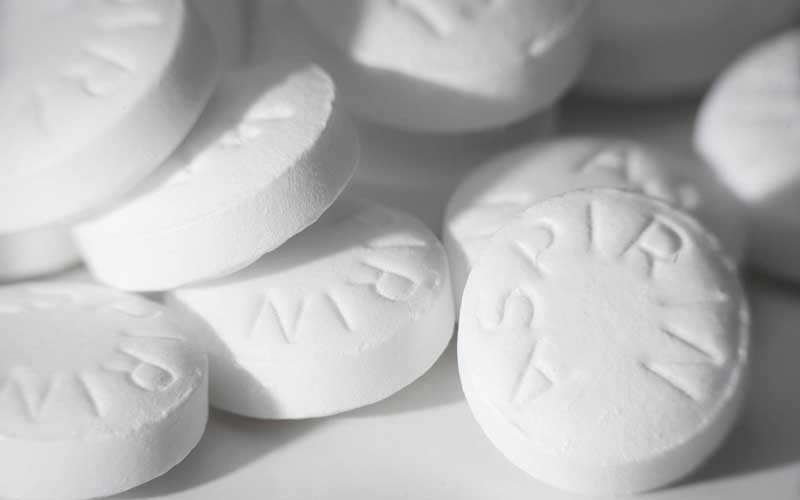New york: Aspirin can be considered an effective and safe option to other, more expensive medications to treat acute migraines as well as prevent recurrent attacks, a new study suggests.
The review, published in the American Journal of Medicine, includes evidence from 13 randomised trials of the treatment of migraine in 4,222 patients and tens of thousands of patients in prevention of recurrent attacks.
The findings suggest that high-dose aspirin, in doses from 900 to 1,300 milligrams given at the onset of symptoms, is an effective and safe treatment option for acute migraine headaches.
In addition, some but not all randomised trials suggest the possibility that daily aspirin in doses from 81 to 325 milligrams may be an effective and safe treatment option for the prevention of recurrent migraine headaches.
“Our review supports the use of high dose aspirin to treat acute migraine as well as low dose daily aspirin to prevent recurrent attacks,” said study researcher Charles H. Hennekens from Florida Atlantic University in the US.
“Moreover, the relatively favourable side effect profile of aspirin and extremely low costs compared with other prescription drug therapies may provide additional clinical options for primary health care providers treating acute as well as recurrent migraine headaches,” Hennekens added.
Common symptoms of migraine include a headache that often begins as a dull pain and then grows into a throbbing pain, which can be incapacitating and often occurs with nausea and vomiting, and sensitivity to sound, light and smell.
Migraines can last anywhere from four to 72 hours and may occur as many times as several times a week to only once a year.
“Migraine headaches are among the most common and potentially debilitating disorders encountered by primary health care providers,” said study first author Bianca Biglione.
“In fact, about one in 10 primary care patients present with headache and three out of four are migraines. Aspirin is readily available without a prescription, is inexpensive, and based on our review, was shown to be effective in many migraine patients when compared with alternative more expensive therapies,” Biglion added.
Approximately 36 million Americans suffer from migraine headaches and the cause of this disabling disorder is not well understood. There is a higher prevalence in women (18 per cent) than men (nine per cent).
In women, the prevalence is highest during childbearing age.
According to the researchers, approximately 90 per cent of migraine sufferers report moderate to severe pain, with more than 50 per cent reporting severe impairment or the need for bed rest as well as reduced work or school productivity.

